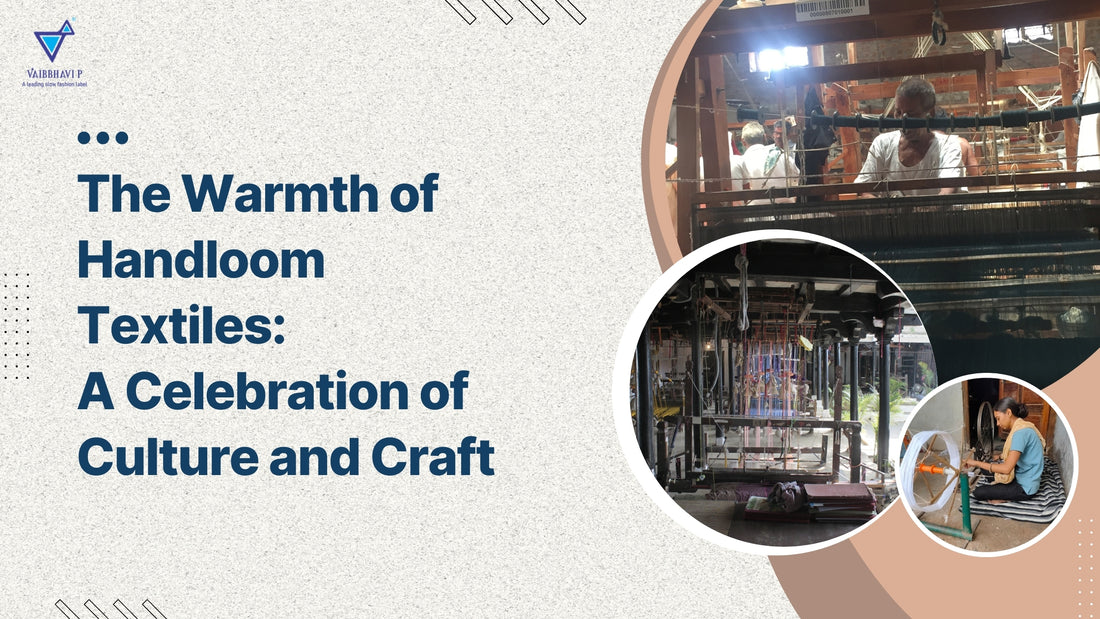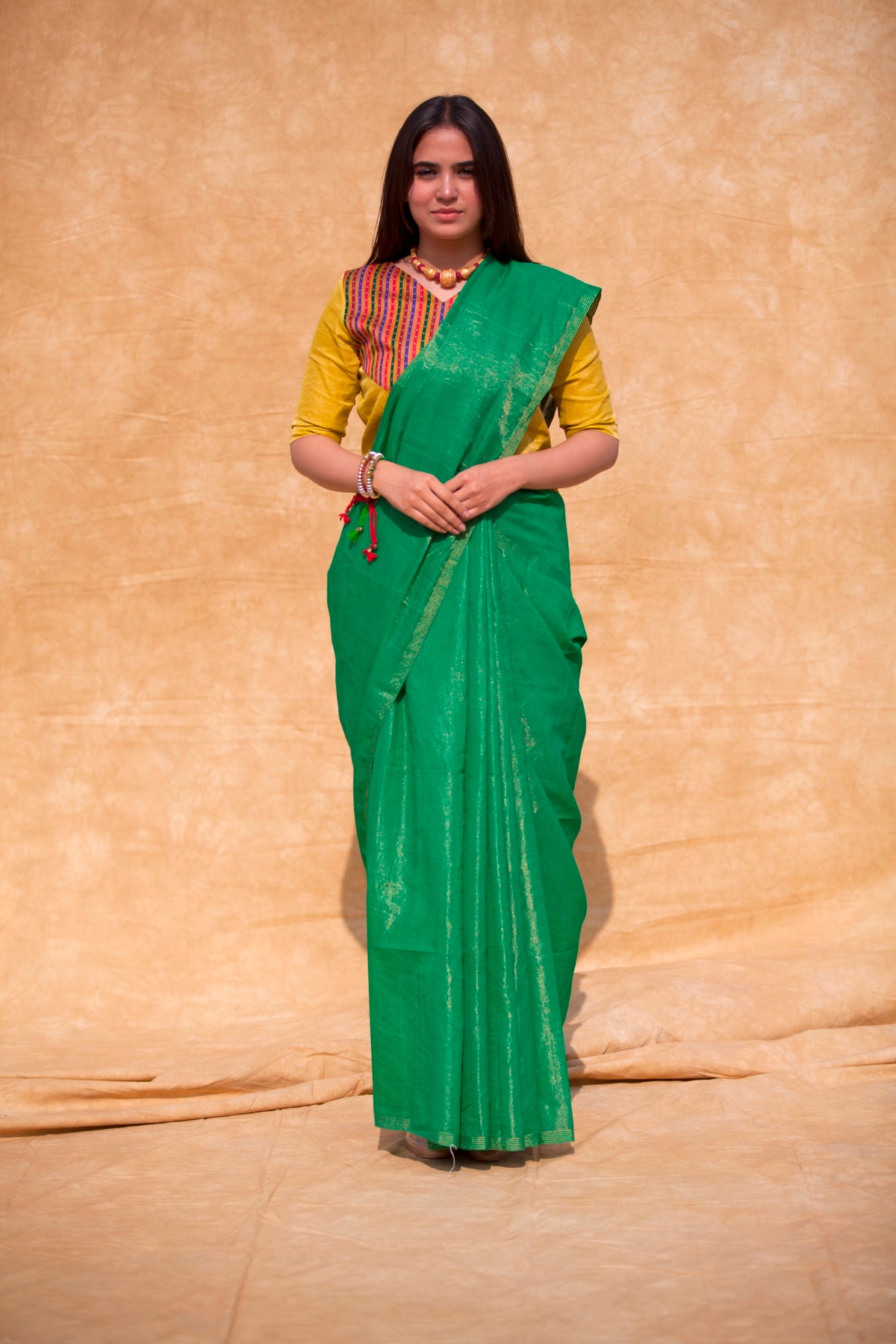
The Warmth of Handloom Textiles: A Celebration of Culture and Craft
Share
Handwoven Pieces : Embracing the Elegance
Do the detailed textures of Handloom textiles hideaway some stories that need to be heard?
“In every Handloom Fabric is buried a Chapter of History, a Touch of Culture, and the Soul of an artisan.”
Handwoven textiles are quite appealing in a society where mass production usually takes precedence over traditional craftsmanship. August 7, National Handloom Day, is approaching, and as always, it’s time to celebrate the skill and dedication of individuals who transform common threads into beautiful, functional pieces of art. Handwoven fabrics are more than just raw materials; they are symbols of sustainability, history, and skill.
What Sets Apart the Handwoven & the Handcrafted
Knowing the distinctions between handcrafted and handwoven fabrics is essential. Many ornamental textile traditions, including dyeing and embroidery, are based on handwoven materials.
Unbleached kora cotton and other hand-woven materials are naturally beautiful, unlike mass-produced, mill-made fabrics that sometimes rely on colors or designs to make them look more appealing. Each item has a unique personality due to the minute flaws and tactile qualities of natural fabrics like cotton, silk, or wool. These intricate details, which are markers of exceptional skill, make handwoven textiles especially valuable.
Maintaining Communities and Craftsmanship
Beyond just being aesthetically pleasing, handloom fabrics have other useful qualities. They are essential to the weavers’ and their communities’ way of life. Encouraging handloom weavers contribute to the wealth of the villages where they live and help preserve traditional crafts.
Related craftspeople who do stitching, spinning, dying, and printing also profit from this help. A healthy handloom ecology depends on openness and education about the characteristics and methods of manufacturing these textiles. Retailers, influencers, and middlemen need to ensure honest information and moral business conduct in order to help customers make informed judgments.
The Allure of Handloom: Not Just for Special Occasions
Handloom saris with intricate silk stitching and Zari brocades are often saved for special occasions and are highly prized as family treasures. However, the field of Hand looming offers much more. There are robust, reasonably priced variants that are perfect for everyday usage and especially appropriate for tropical climates.
These textiles withstand numerous washings and abrasions, maturing into priceless objects with distinct personalities. The subtle & gentle crinkle of handloom cotton and the delicate rustle of handloom silk have the power to add an elegant edge to life every day.
Join & Be a part of the Slow Fashion Movement
Our vision at Vaibbhavi P is to inspire more individuals to include handloom materials in their regular outfits. Settling for contemporary Indian apparel that is manufactured with care for the environment in mind and its creators lure you into a narrative that serves as a tribute to sustainability and creativity.
Let us rejoice in the pureness of handloom fabrics and the artisans who represent this Noble legacy as National Handloom Day rolls near.
Join the Movement for Slow Fashion
At Vaibbhavi P, we want to encourage more people to wear handloom items on a regular basis. Purchasing contemporary Indian apparel that is made with love and respect for the maker and the environment immerses you in a story that values creativity and sustainability. As National Handloom Day approaches, let’s honor the warmth of handloom fabrics and the artisans who preserve this wonderful tradition.
Come celebrate with us by proudly wearing handlooms and teaching others about their timeless beauty and worth. Together, we can honor our past while promoting a more ethical and environmentally conscious approach to fashion.


